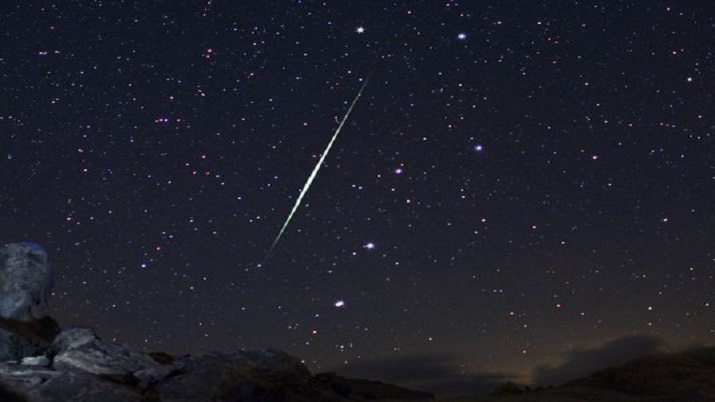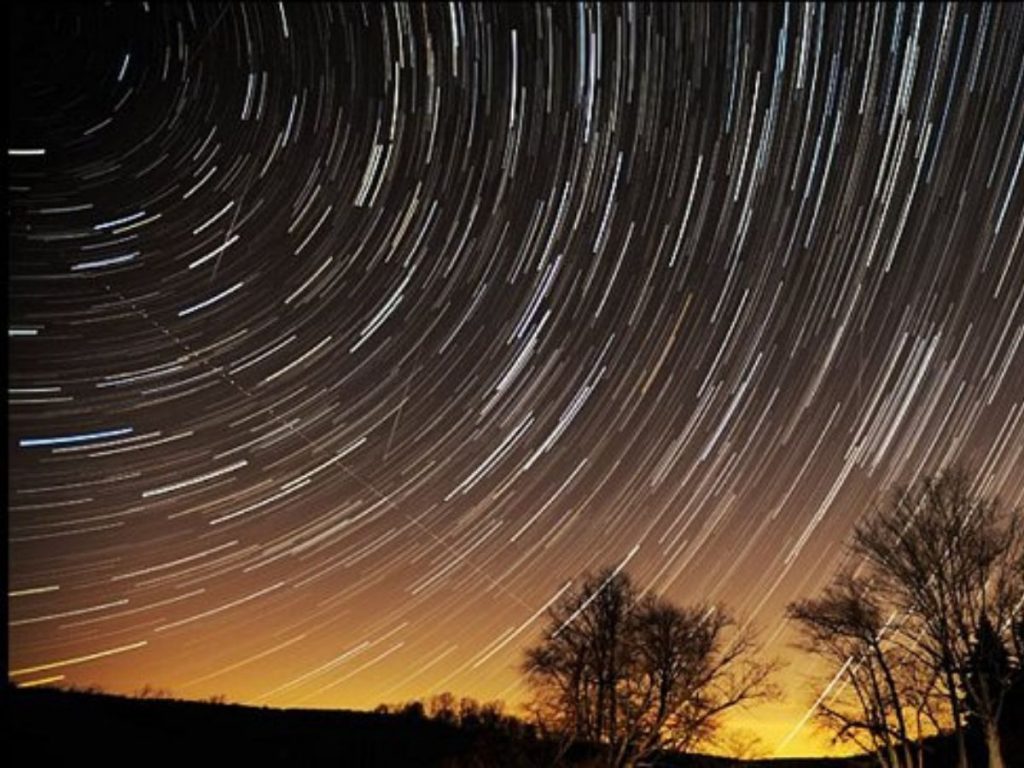
As the year comes to a close, sky enthusiasts have one last celestial spectacle to look forward to – the annual Geminids meteor shower. This week, stargazers could be treated to a breathtaking display of shooting stars, with the potential to witness around 120 meteors per hour under optimal conditions.
When to Watch:
The Geminids meteor shower has been active since late November, and its peak is expected on the night of December 13th into the early hours of December 14th. Experts suggest that this particular meteor shower is one of the best and most reliable of the year, offering a visual feast for those fortunate enough to witness it.
Ideal Conditions and Peak Times:
Under ideal conditions – clear skies and away from light pollution – skywatchers might observe more than one meteor streaking across the night sky each minute. This year, the viewing experience is expected to be particularly favorable, as there will be minimal moonlight to interfere with the display.
Characteristics of Geminids:
The Geminids are known for their brightness and speed, often appearing with a yellowish or white hue. However, these meteors can surprise observers with colors ranging from green and red to even blue. Bill Cooke, lead for the Meteoroid Environment Office at NASA’s Marshall Space Flight Center, describes them as “pretty meteors.”
Optimal Viewing Tips:
To maximize your chances of catching this celestial event, find a location away from city lights and other forms of light pollution. The constellation Gemini, from which the meteors appear to stream, will rise in the northeastern sky. For the best view, lie down or sit back with your feet facing south. Allow your eyes around 30 minutes to adjust to the darkness for an optimal viewing experience.
While the meteors will start becoming visible around 9 p.m. or 10 p.m. local time, the most impressive sky show is anticipated between midnight and 2 a.m. This may require braving chilly winter conditions, especially for observers in the Northern Hemisphere.
Astronomical Origins:
Meteor showers occur when Earth traverses through debris left behind by comets or asteroids. In the case of the Geminids, the cosmic spectacle originates from the remnants of an asteroid known as 3200 Phaethon. This small space rock, measuring around 3.2 miles across, was first discovered in 1983 and takes 524 days to orbit the sun.
As we eagerly await this dazzling display in the night sky, the Geminids meteor shower promises to be a fitting conclusion to the year, captivating observers with its radiant beauty and celestial wonders.
